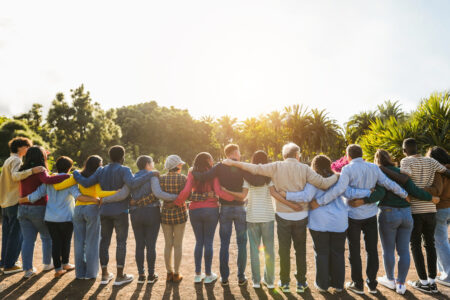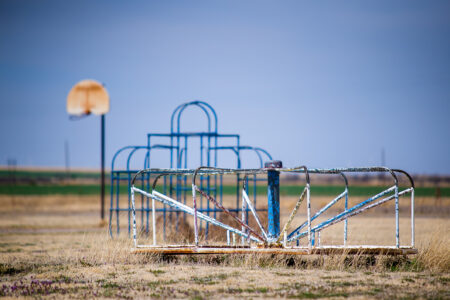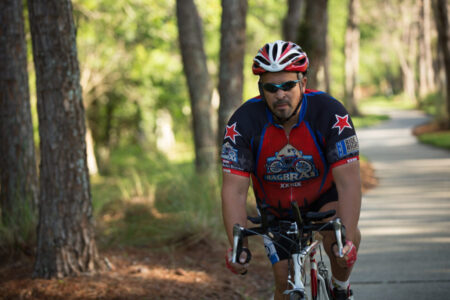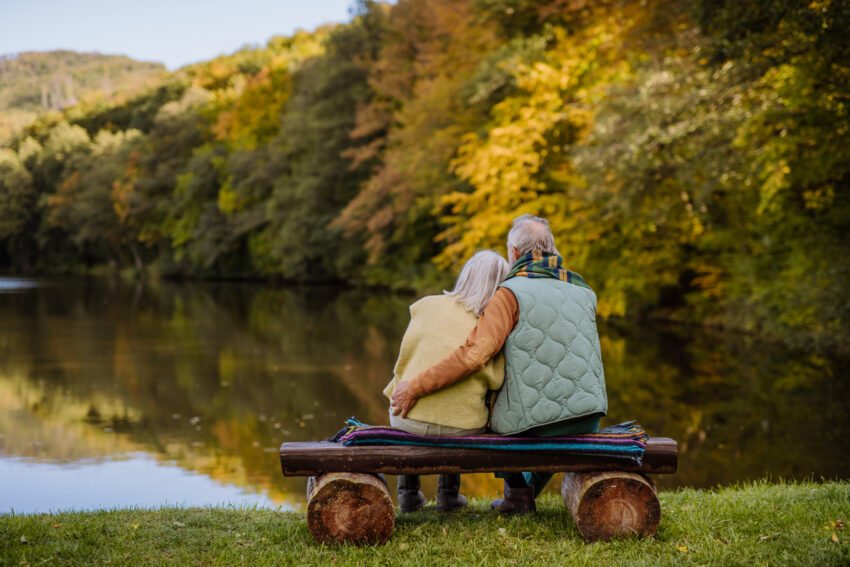
Share On Social!
Research shows that access to nature can improve health outcomes.
But walking on trails, hiking, camping, and other outdoor activities aren’t equitably accessible for everyone, such as the elderly and low-income communities.
A new study suggests that forest bathing can help people over 65 maximize the mental health benefits of spending time in nature – without the added challenge of physical activity.
Here’s why forest bathing should become part of your spring routine!
What is Forest Bathing?
The Japanese term shinrin-yoku, or “forest bathing,” refers to spending time in nature while focusing on what you hear, taste, and smell. The idea is to be fully present with whatever sensations you feel.
“Everybody has their own experience. The forest knows what you need,” said Anna Marie Nachman, a Penn State certified forest therapy guide.
While forest bathing originated and is primarily practiced among older adults in Japan, China, and Taiwan, it is becoming more popular in America.
Nachman, for example, provides forest therapy classes to stressed Penn State students.
“There are so many benefits to [forest therapy], even just 15 minutes a day,” Nachman said.
Forest Bathing for Older Adults
While forest bathing can be done individually, forest bathing with friends or loved ones may be even more beneficial, especially for those over 65, according to the new study from researchers at Penn State and a pair of universities in Taiwan.
This demographic may not be able to participate in active outdoor activities, making it hard to truly enjoy the health benefits of nature.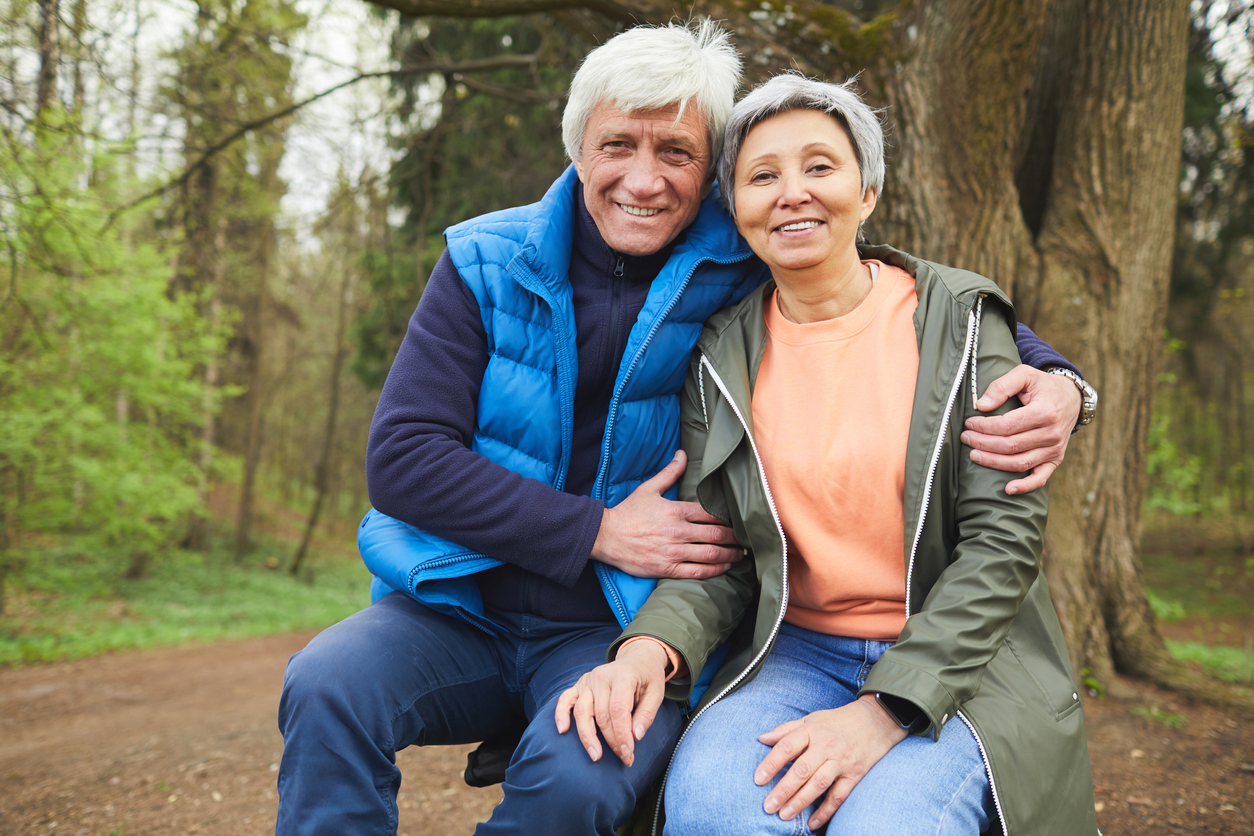
Additionally, elders are more likely to suffer from loneliness, anxiety, and depression, so mindful activities like social forest bathing can be emotionally therapeutic.
Taking care of one’s mental health can also have physical health benefits.
For example, anxiety and depression are risk factors for dementia, and considering Latinos are 1.5 times more likely to develop dementia than Whites, forest bathing can help improve both mental and physical health.
The study’s results revealed that people over 65 who discussed their experiences in nature with others tended to have a greater sense of attachment to forest bathing and a stronger sense of purpose in life.
“Forest bathing seems to connect people to the moment and the world,” said Liang-Chih Chang, study co-author and professor of living sciences at National Open University in New Taipei City, Taiwan. “When elders use that same experience to develop social connections and support, they may experience a broad range of benefits associated with physiological functioning as well as cognitive health.”
Researchers hope that the study results can guide community recreation departments and retirement villages on how to facilitate outdoor leisure activities for elders.
Addressing Barriers to Forest Bathing
However, elders may face barriers to safe, equitable park access for forest bathing.
John Dattilo, study co-author and professor of recreation, park and tourism management at Penn State, noted that transportation can be a major issue.
He suggested that community recreation departments and retirement villages provide elders with transportation to and from the park, followed by a social gathering to discuss forest bathing experiences.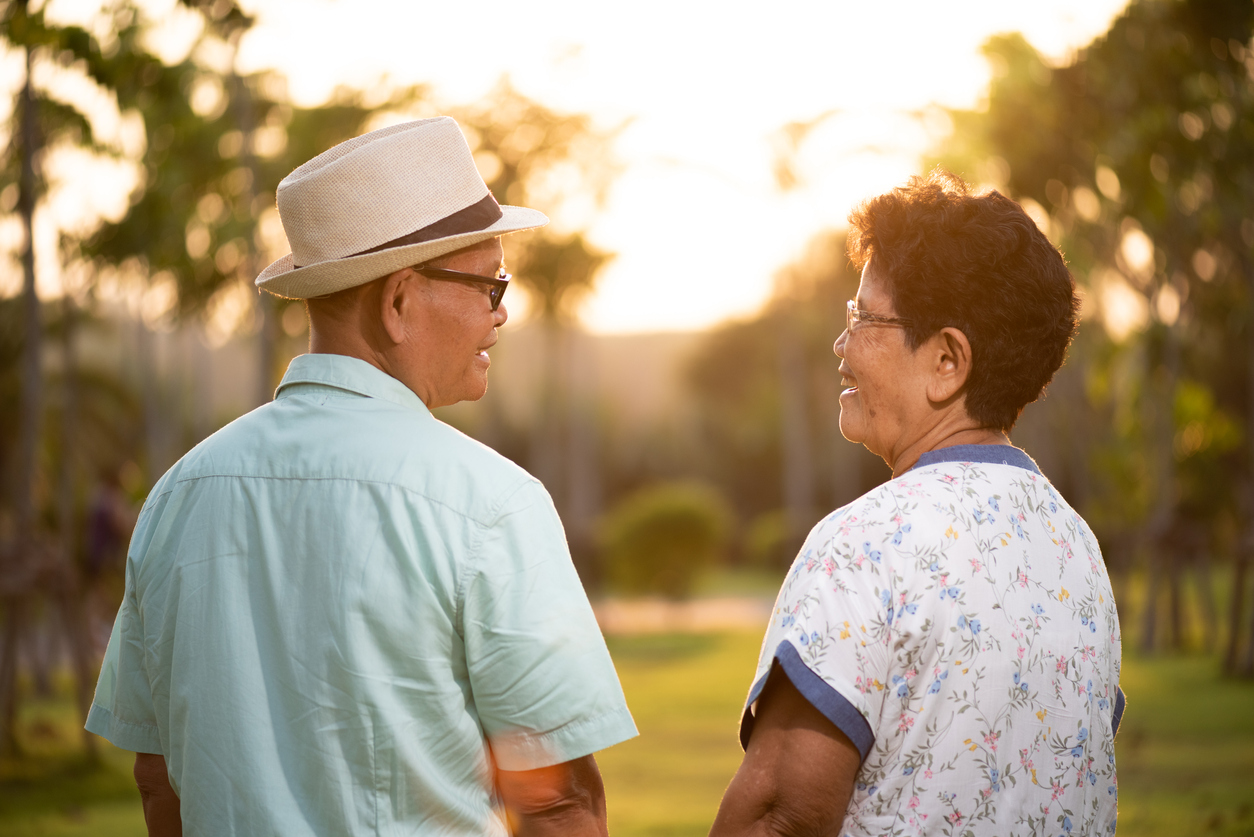
“If leisure-service providers create opportunities for elders to return from an experience, meet over a warm beverage and talk about their experiences, there will be value in these connections for people’s sense of purpose,” Dattilo said.
Another barrier to forest bathing is the lack of green spaces, especially in low-income neighborhoods.
This lack of green spaces affects people of all ages and ethnicities, especially people of color, such as Latinos, who are more likely to live in these low-income neighborhoods.
With no safe place to enjoy nature, Latinos and other groups may be missing out on both the mental and physical health benefits of green spaces.
In the last few years of the COVID-19 pandemic, green spaces have become even more important, especially during shelter-in-place restrictions.
“The use of public space for outdoor [physical activity] is recognized to be essential, especially in cities, as highlighted by responses to the COVID-19 pandemic,” according to a 2021 report. “While issuing stay-at-home orders, many governments allowed residents to go outside for exercise to promote health and well-being.”
What is Being Done to Promote Equitable Access to Nature?
Whether you want to enjoy forest bathing, hiking, exploring, or camping, equitable access to nature is essential for everyone’s wellbeing. This is especially true for those who may spend more time indoors, such as elders or people living in low-income neighborhoods.
Some communities are taking charge in providing residents with more opportunities to enjoy nature safely.
Take Austin, Texas, for example.
More than two dozen schools across Austin have shared-use agreements in which schools open their schoolyards to the public after school and on weekends to serve as a community park.
Other cities are following suit in increasing access to parks, including San Antonio, home of Salud America! at UT Health San Antonio.
You can help advocate for health equity and equitable access to nature, too.
Select your county and get a Health Equity Report Card by Salud America!
In your report card, you will see maps, data, and gauges to compare green-space access and other public health issues to the rest of your state and nation.
You can email your Health Equity Report Card to local leaders to stimulate community change. Use the data in your materials or share on social media to raise awareness.
Get your Health Equity Report Card!
Explore More:
Green & Active SpacesBy The Numbers
33
percent
of Latinos live within walking distance (<1 mile) of a park

